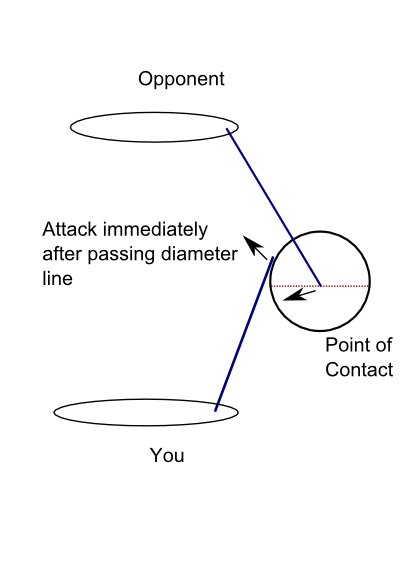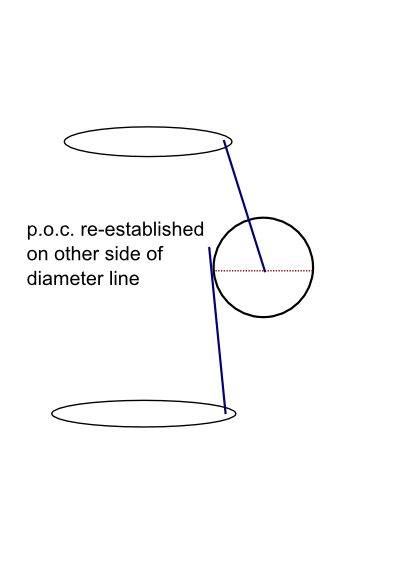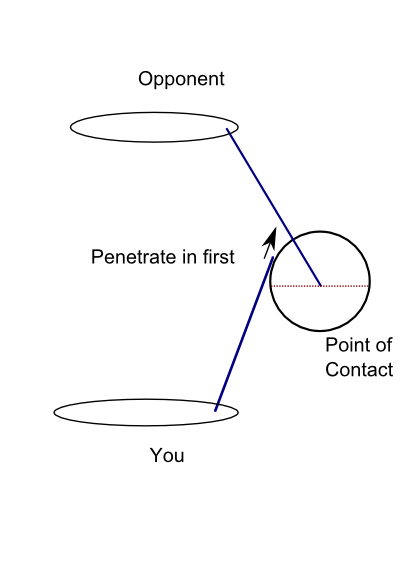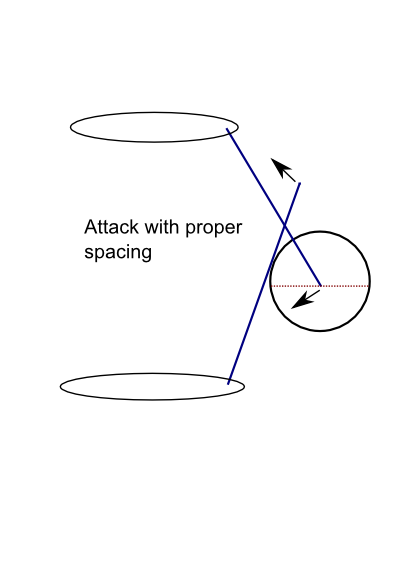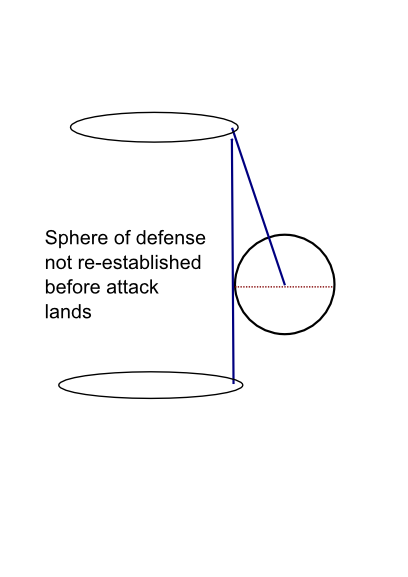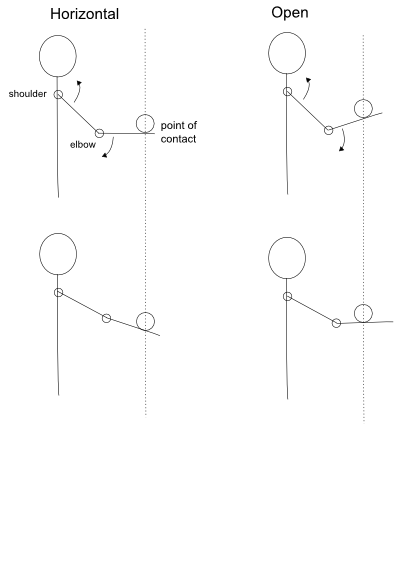Wanderingdragon wrote:Marvin8, not sure if you read my post on first page
"I have always considered control first and foremost, dictating the actual action of the fight. The distance is at your command by foot work while the contact is at the necessity of the fist. To initiate an opponent's attack is by initiating a defense, if you strike and he does not defend by contact you follow by foot, you recognize full and empty by his motion, you know his weak side so you step on his weak side to force the reaction, already this gives you the notion of his necessary move you control that with you intention. If he defends by contact , it tells you where every other weapon is located, your control is in forcing action."
I did read it, having missed it earlier. However, there is no question mark. So, I didn't know if you were making a statement or looking for other tactics to accomplish your strategy.
Fighters (general) use a variety of strategies (including everything you mentioned) depending on the situation and opponent. I don't know if you are using a more narrow definition of control (e.g., internal).
Fighters can use attacks to set up, position, control and limit their opponent's reactions.
Boxing's:
"Hit and don't get Hit." BJJ's:
"Position before submission." These terms include control the opponent,
first, before finishing. This can be getting superior position, trapping, disrupt structure, closing off lines of attack, defense, etc., before attacking and opening yourself up for a counter.
One can set up low kicks, sweeps, attacks, etc., by getting their opponent to put his weight on his front foot, back foot or while his foot is in the air, depending on their goals.
Wanderingdragon wrote:Your above post covers this fairly well, but I still think many don't understand the reality of ring generalship, further I think Chinese martial art takes this to a much higher level. Understanding how you stick to your opponent using their tension, understanding their emptying in effort to escape, knowing just where they will step because you have led them there. It is truly a science. Western boxing leaves gaps leaving room to trade punches, Chinese boxing seeks to finish immediately.
Fighters have multiple tactics to cause tension in their opponents. Once the opponent freezes, the fighter can change, control and/or finish. Fighters have multiple ways to draw their opponent and lead them to a finish (e.g., attack by drawing, deception, feints, footwork, change of direction, etc.) The videos I posted include bridging the gap, controlling, and knocking the opponent unconcious.
In general, Sport fighters prefer to end a fight early. However, they do not look for the knockout. They wait for the right opportunity, which makes them more defensively responsible. Because of it's strategies and tactics, the art of boxing is referred as,
"The Sweet Science," by those knowledgable about fighting. High level MMA, boxing, etc., trainers tend not to divulge details of their strategies and tactics, as their fighters earn thousands or millions of dollars per fight.
In the OP,
Wanderingdragon wrote:. . . does anyone actually know how to achieve this dynamic in actual sparring / fighting other than in prearranged drills.
IMO, everything in your posts above are practiced and "achieved" in combat sports,which one can analyze and drill. The only exception,
I see, is the adhering and uprooting at the point of contact in the strict IMA sense.
I am interested in seeing these higher level IMA skills applied in fighting, beyond the push hands and demonstration rules. I think that is the point of the OP. If you know of other IMA skills being applied in "sparring / fighting," maybe you can post a video or at least elaborate on how it is achieved in fighting.

 I said
I said 


